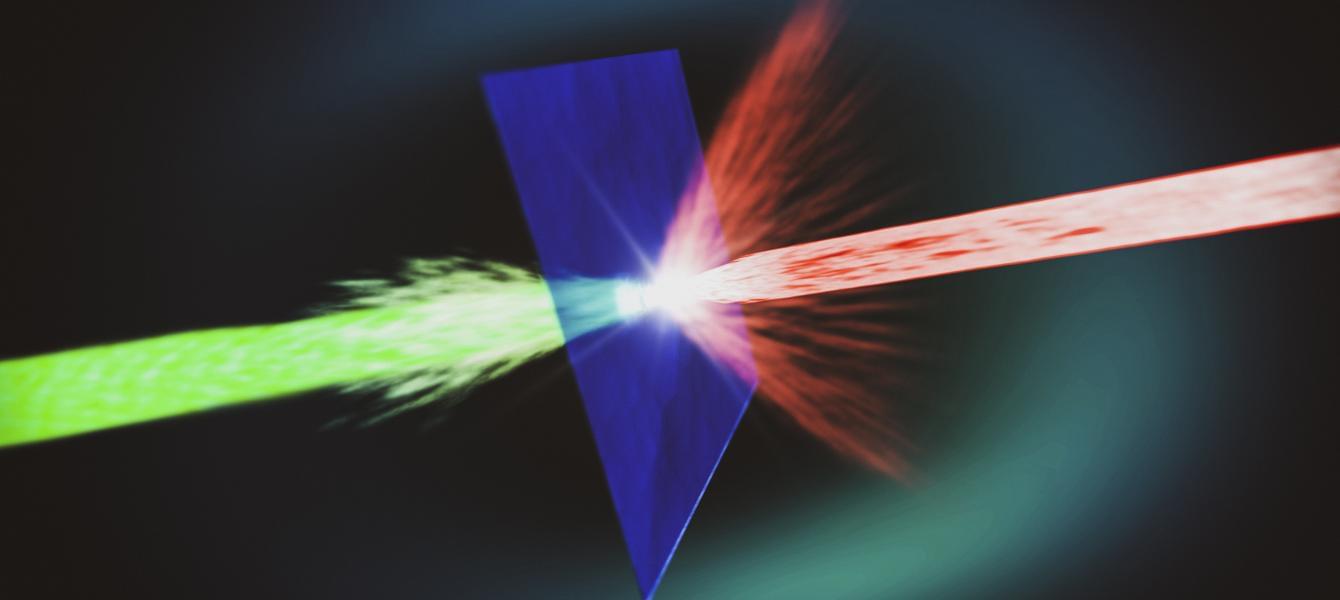Enter laser-plasma accelerators (LPAs). LPAs use high-intensity lasers to strike a target, generating charged particle beams that reach comparable speeds to those produced using traditional accelerators – but in a fraction of the distance. Scientists are exploring LPAs as a compact, cost-effective way to generate proton beams, but several technical challenges have hindered their progress.
One challenge arises from the high-intensity laser, which destroys the targets after each pulse, requiring a new target for every shot. Another issue is the beam divergence – proton beams produced by LPAs typically spread out like a floodlight rather than maintaining a narrow focus. Both the need for target replacement and the beam divergence significantly reduce the efficiency of LPA systems.
In this recent study, researchers made an unexpected breakthrough, simultaneously resolving multiple problems although they had only aimed to address one.
